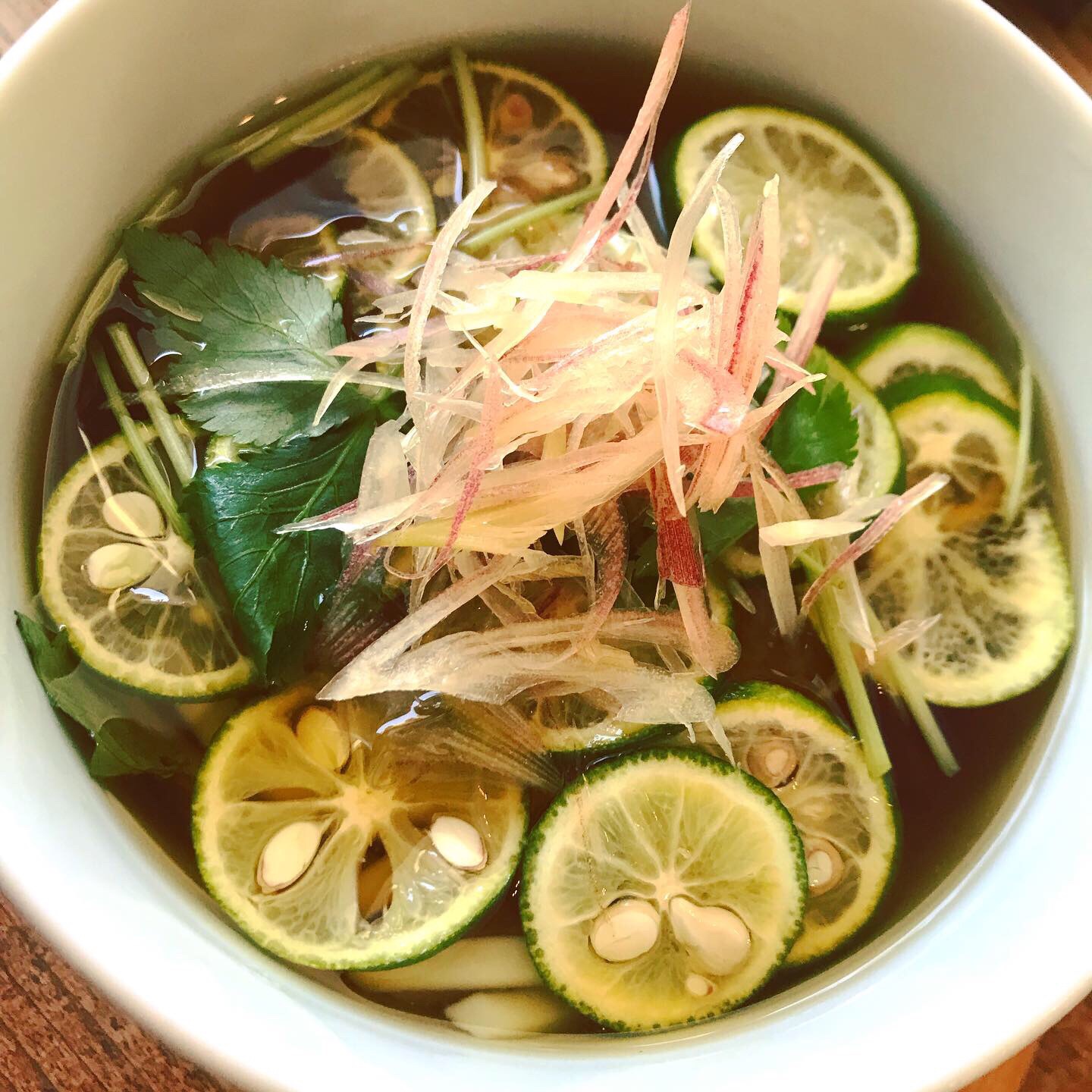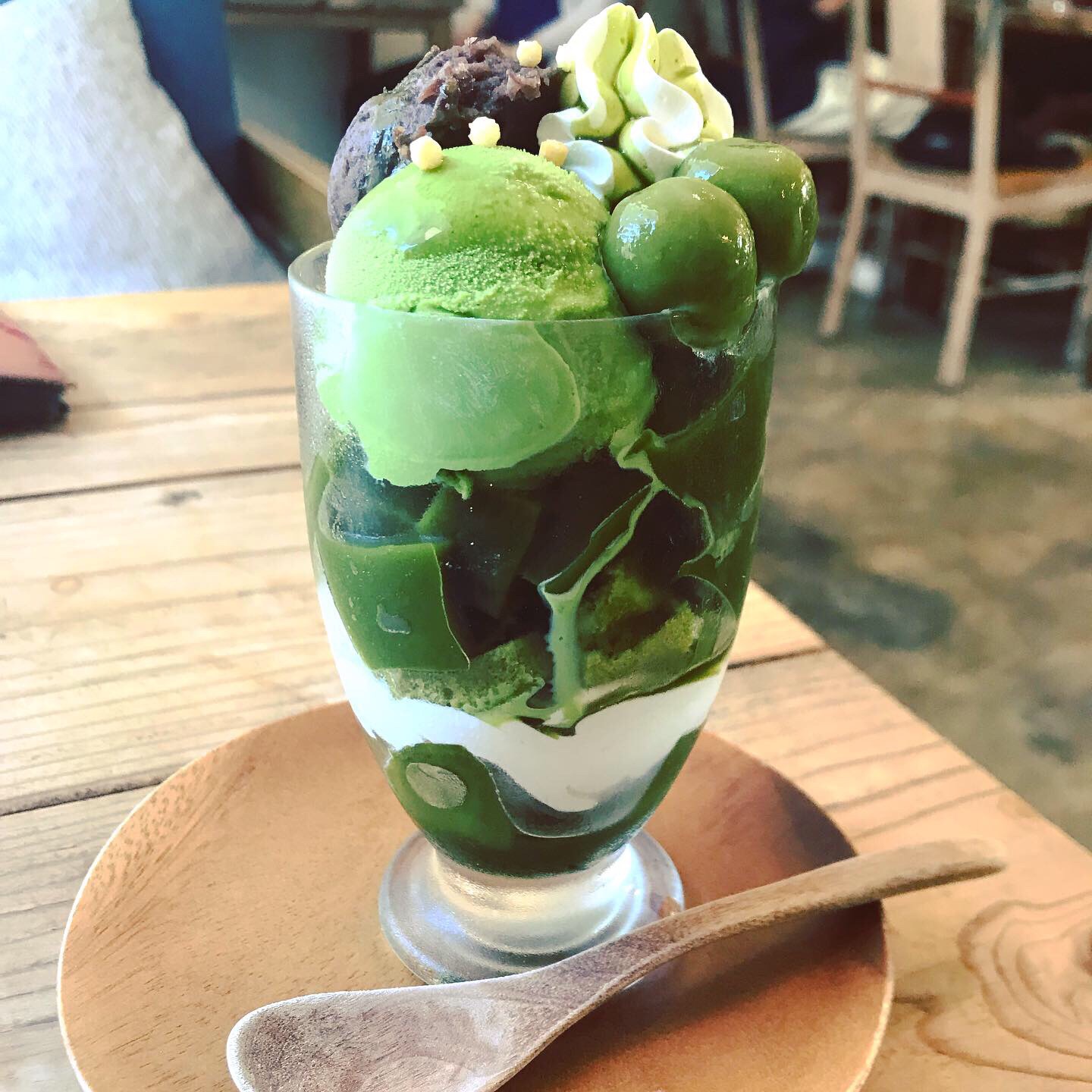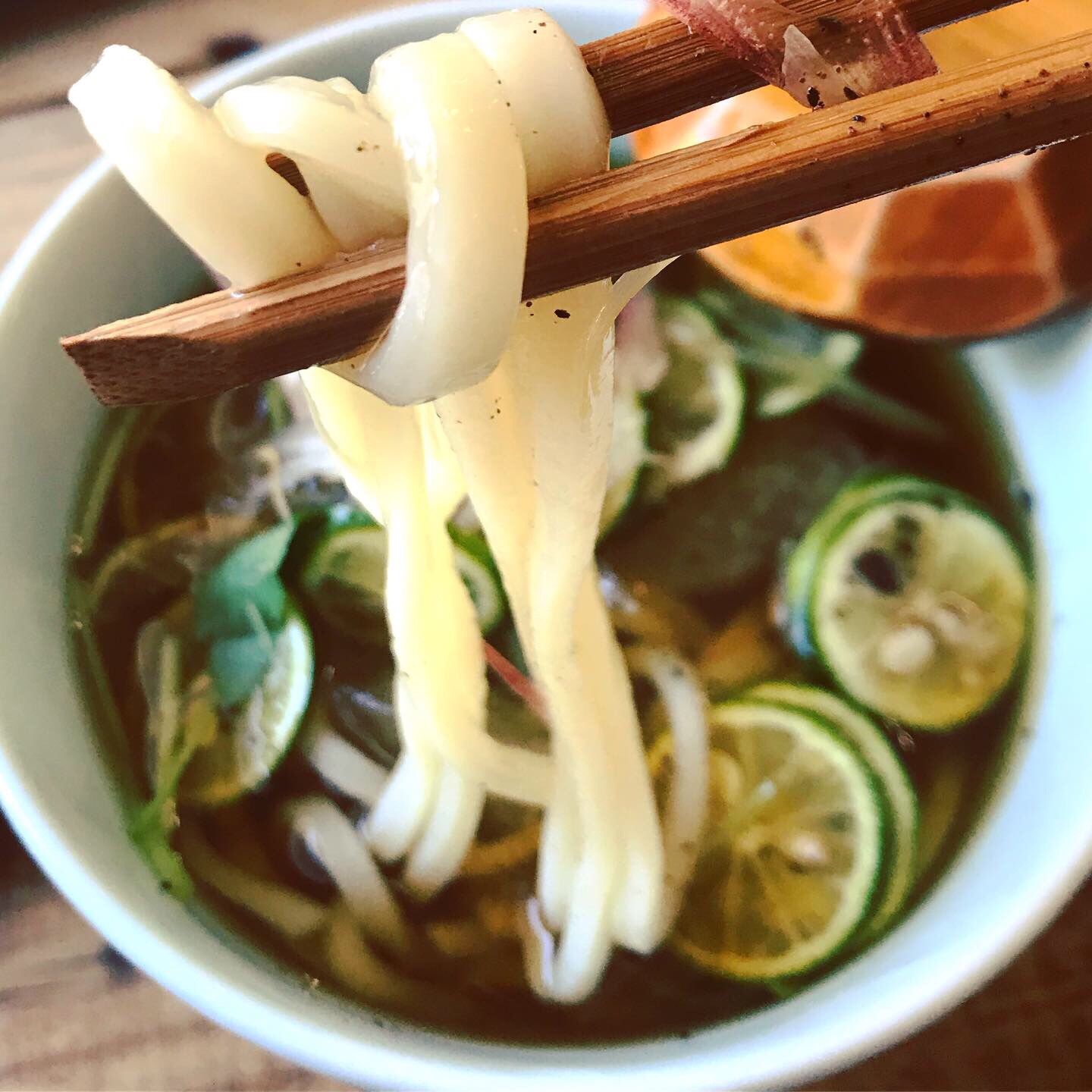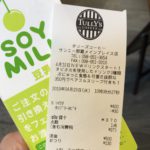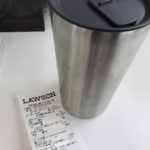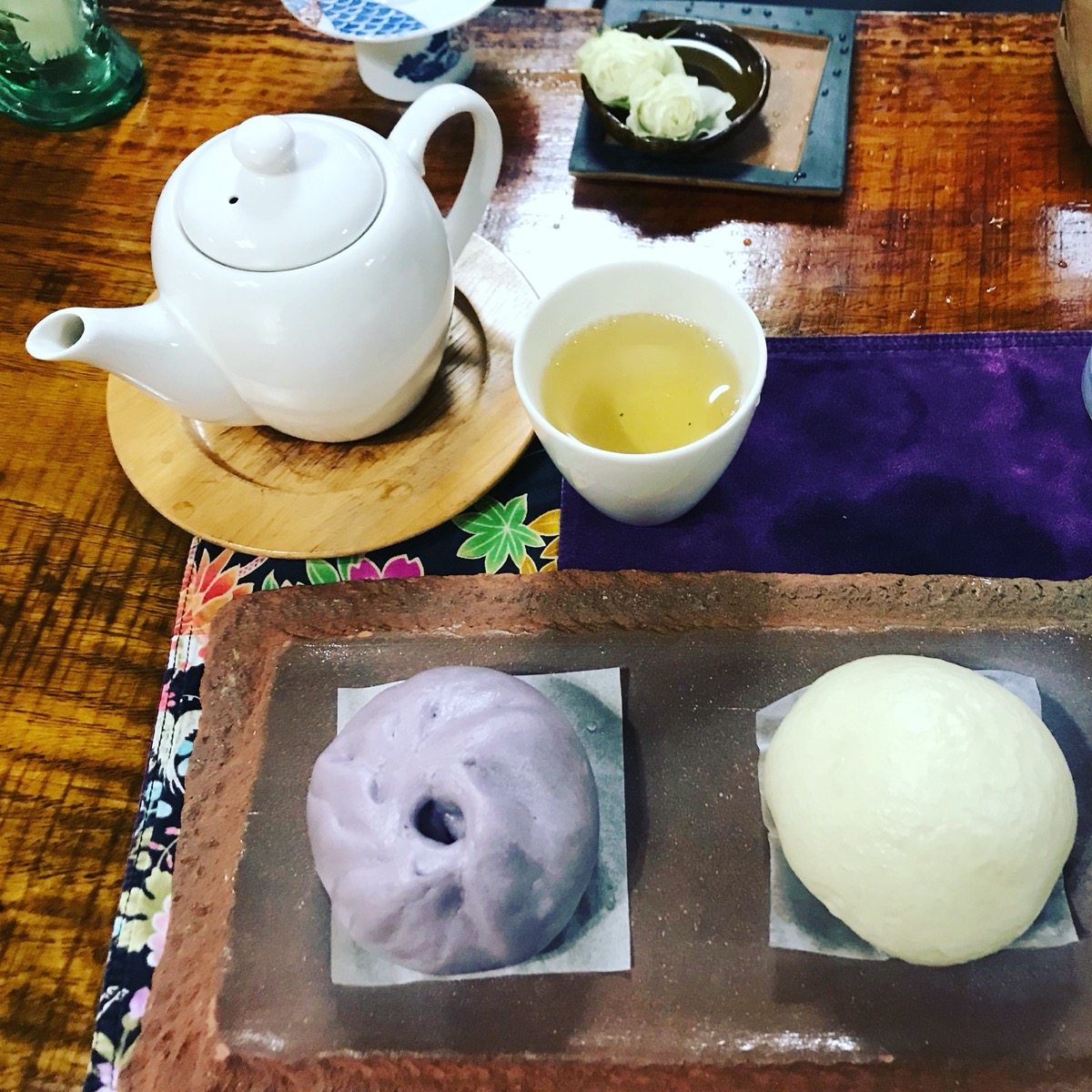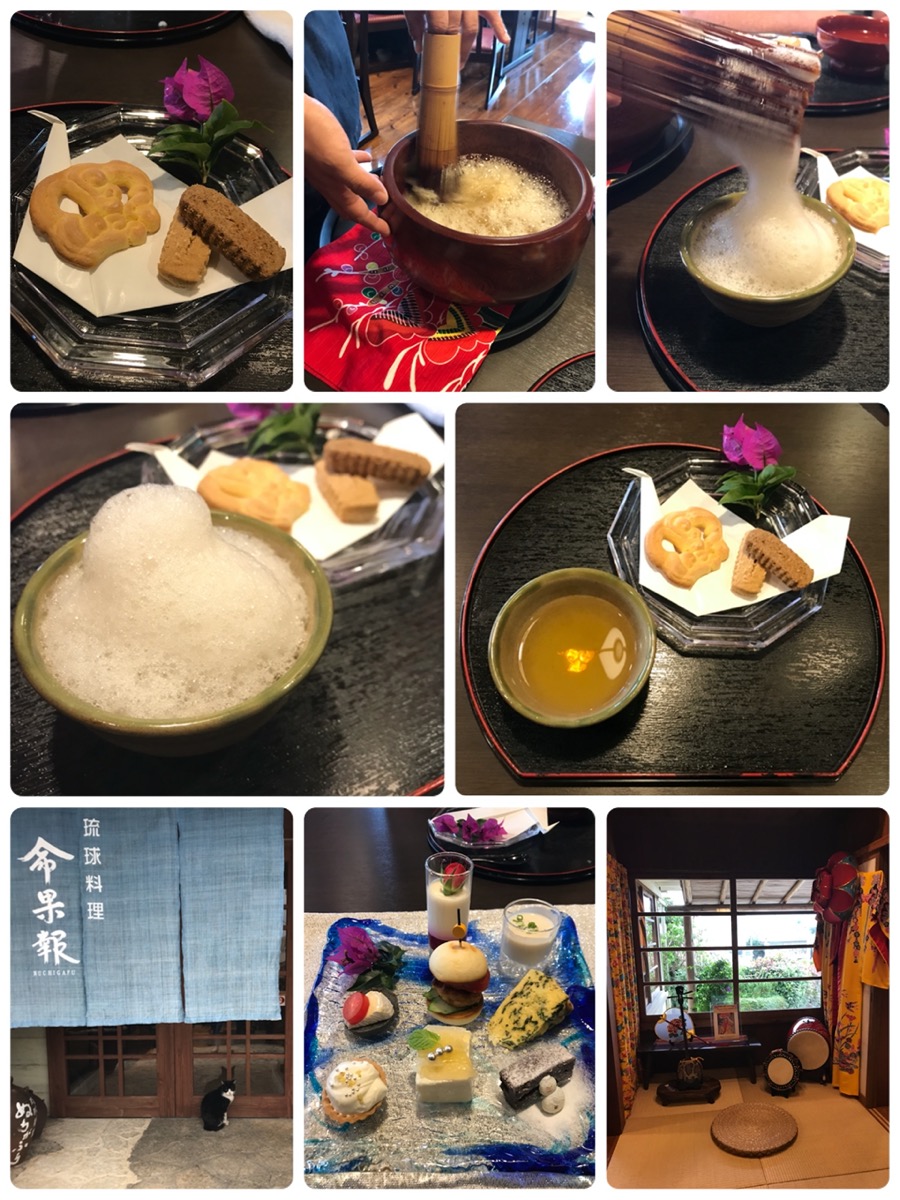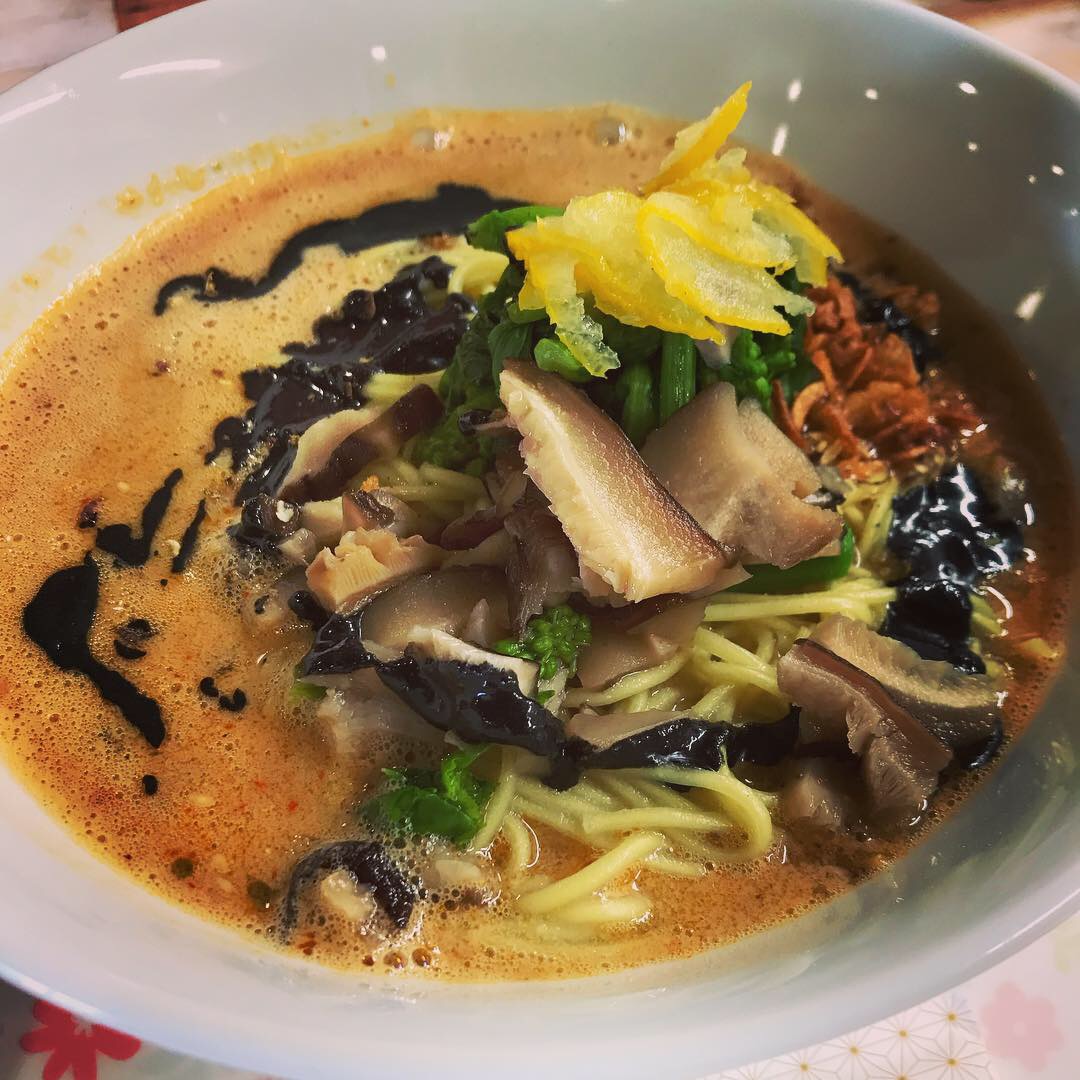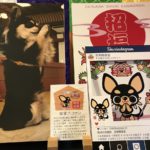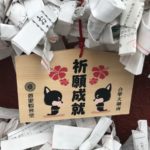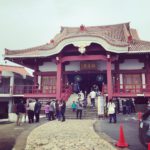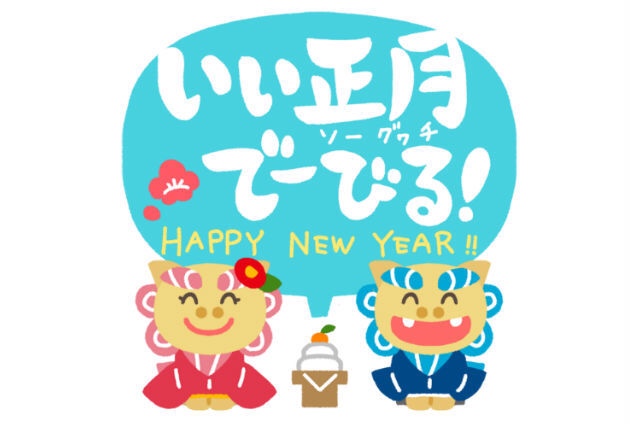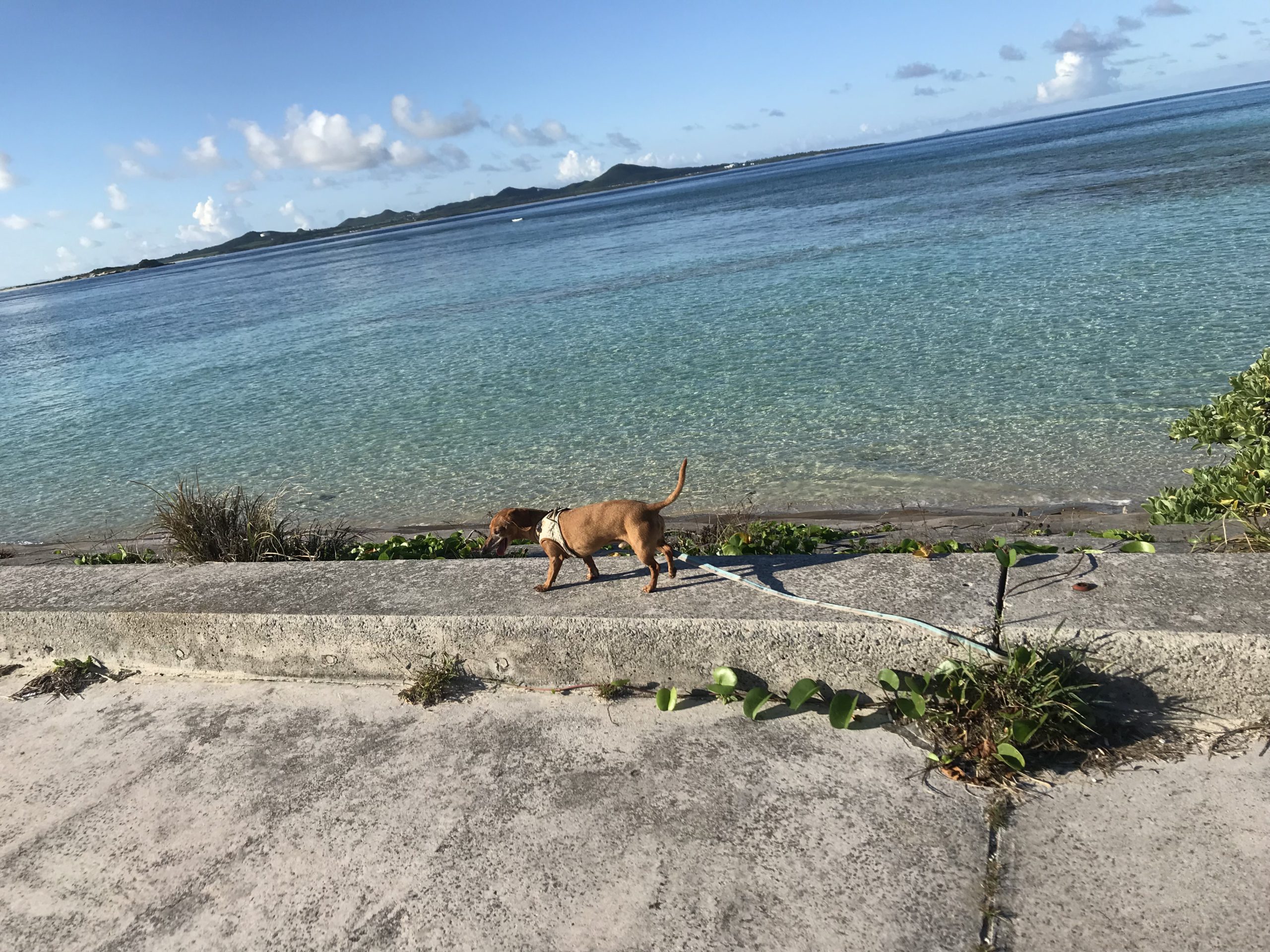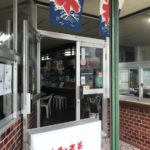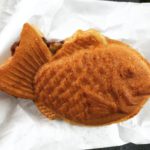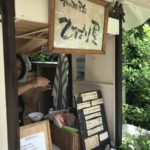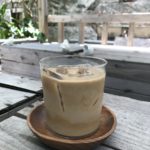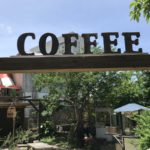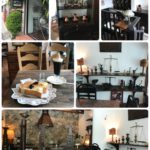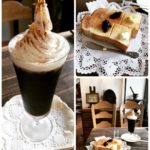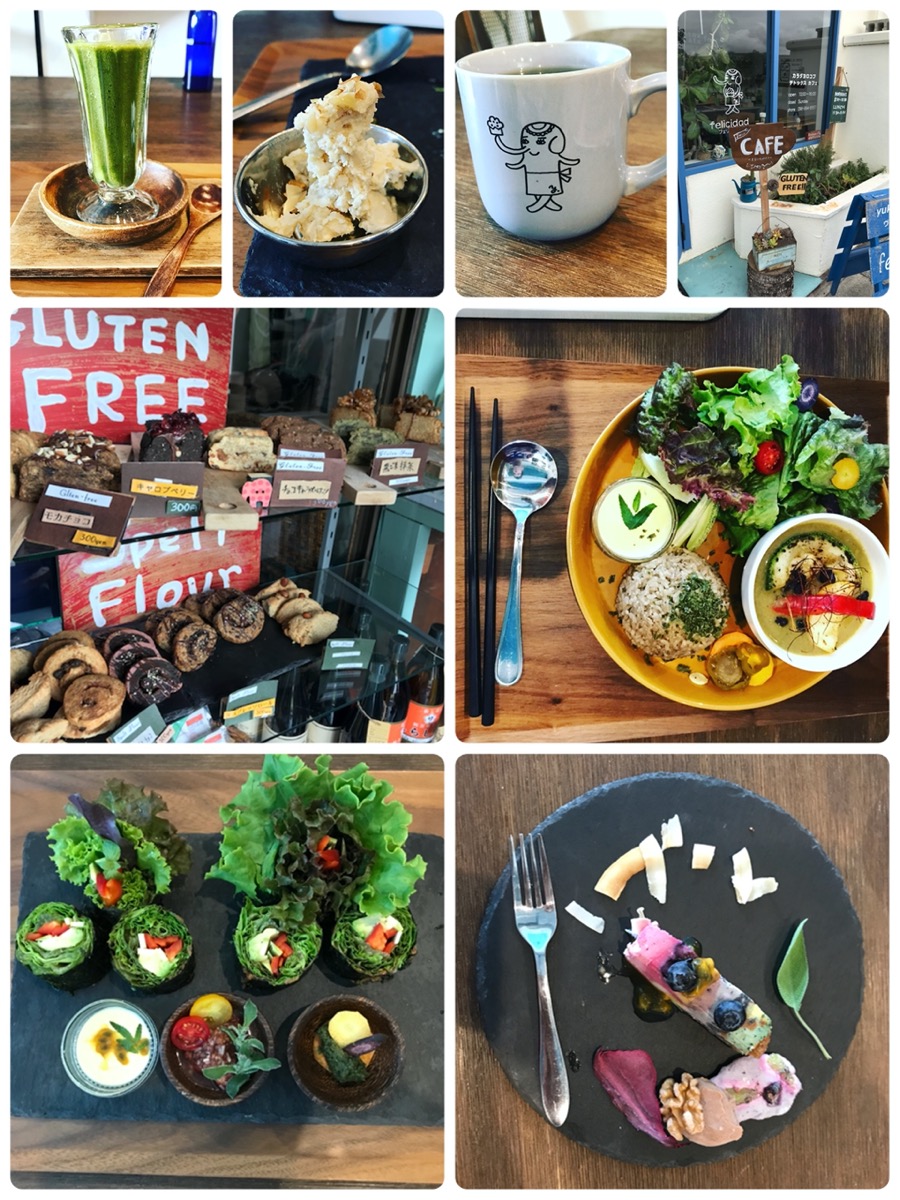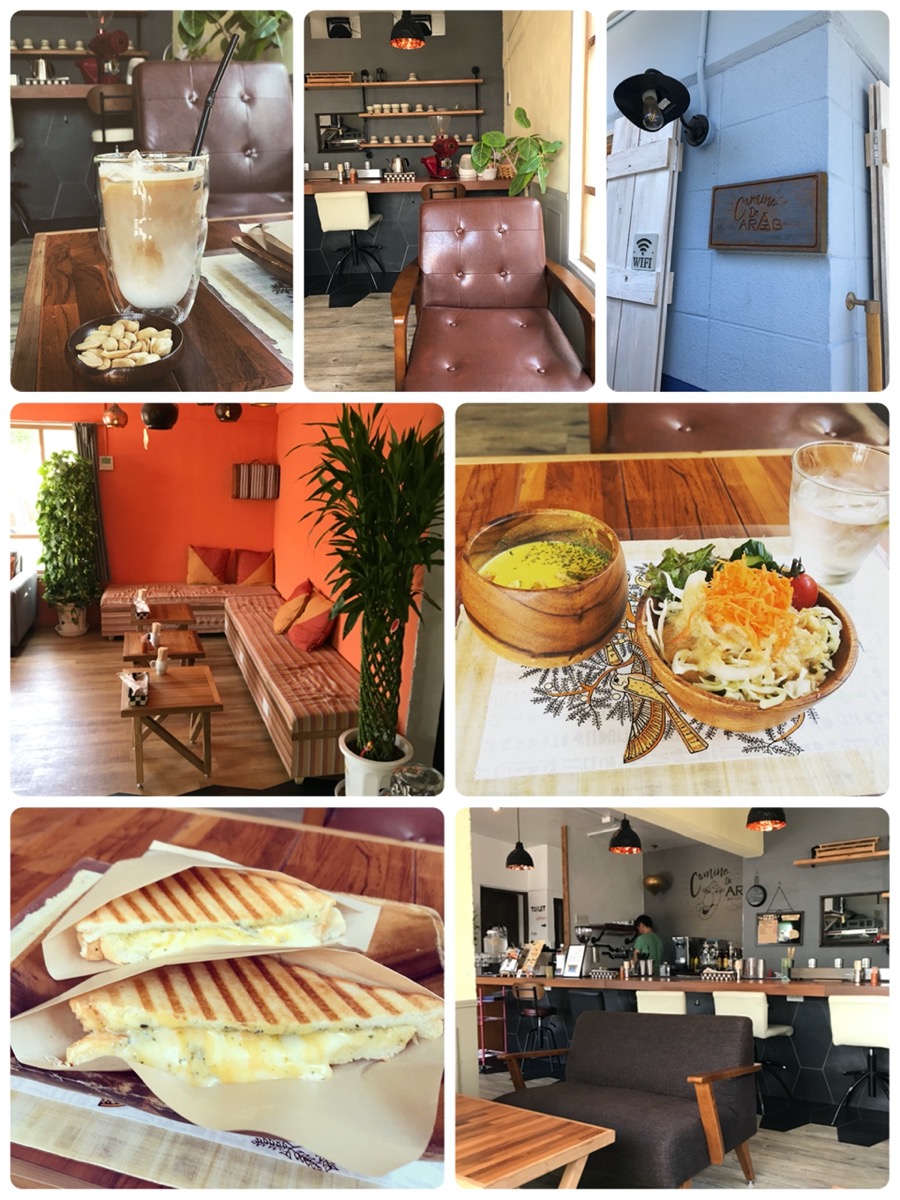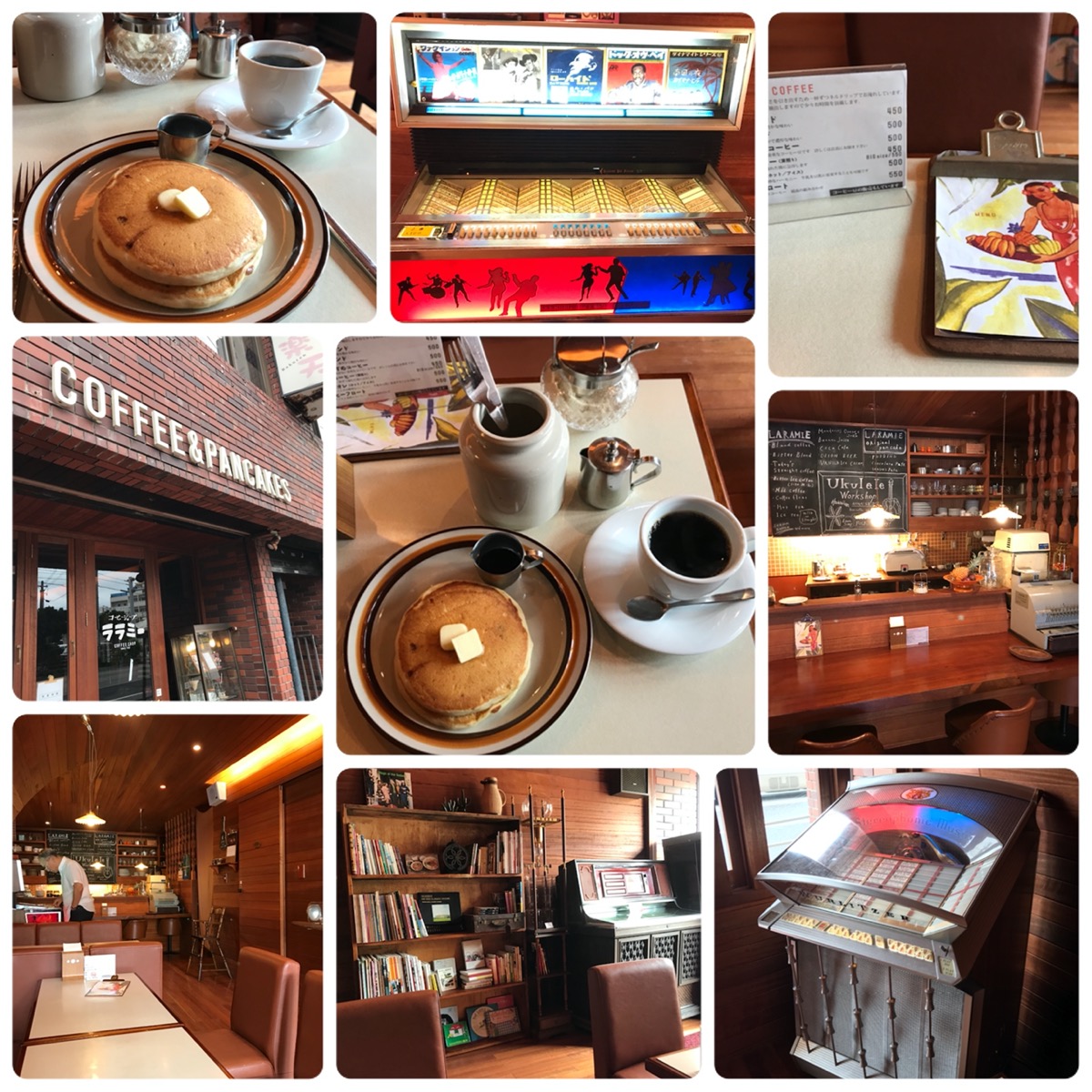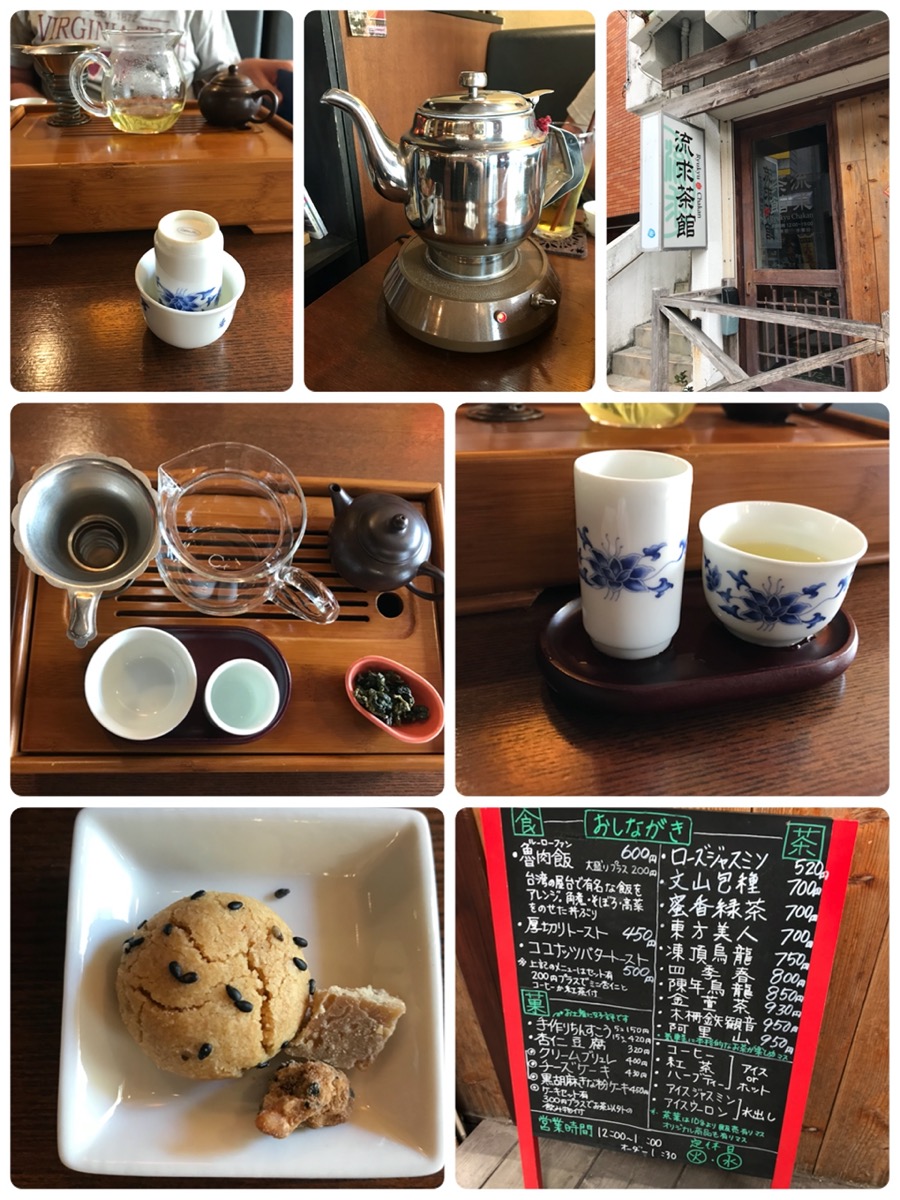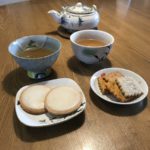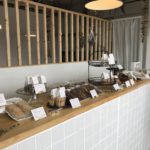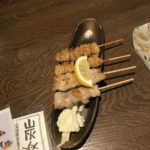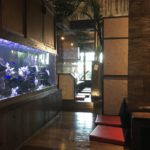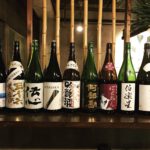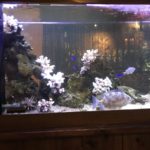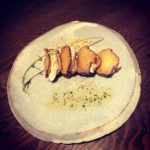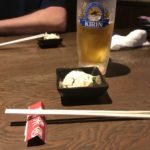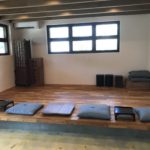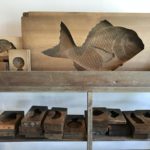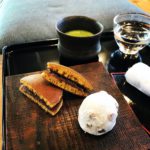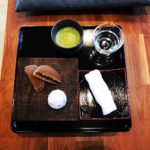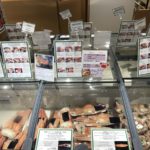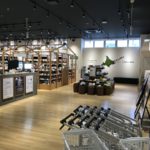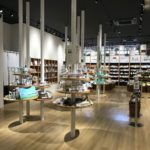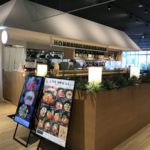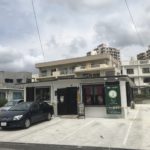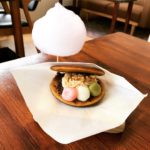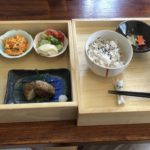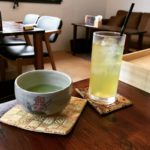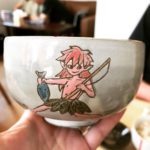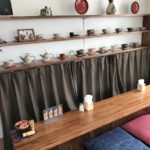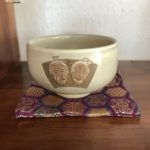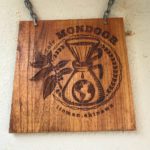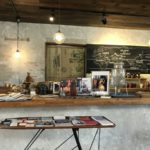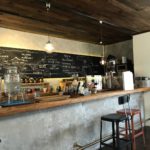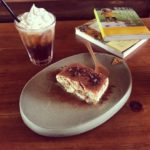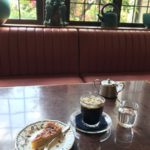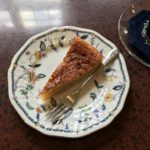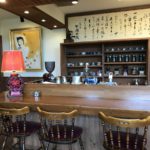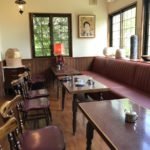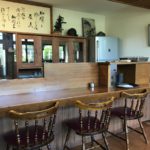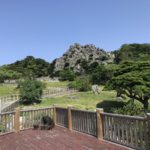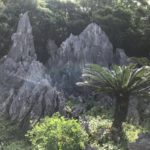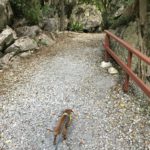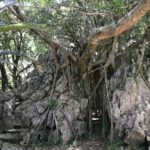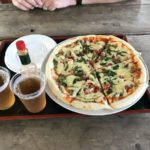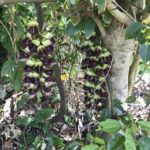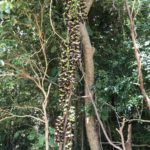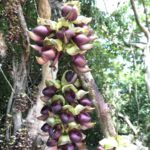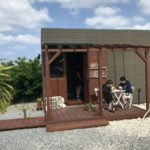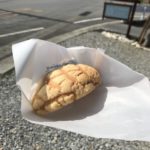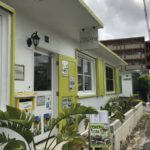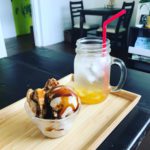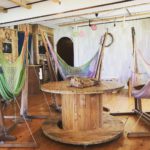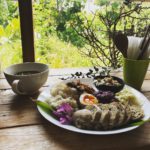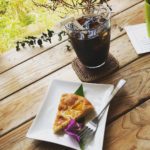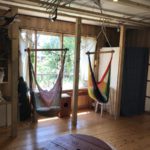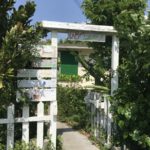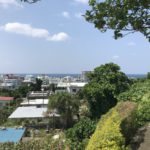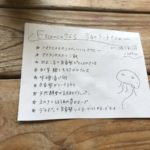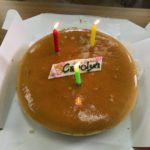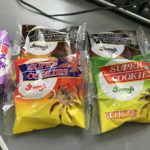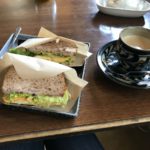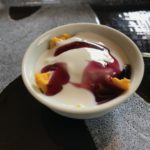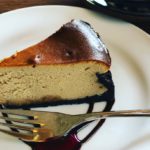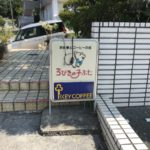Iheya Island is the northernmost inhabited island of Okinawa and renown for its natural beauty. In this post I will describe how to get there, cost, and some of the “tourist spots.”
This previous weekend, I convinced my husband to try camping in a tent (first time ever for him). While there was initial resistance, he conceded and we decided to take the morning ferry to Iheya Island with the dog and the car. We made reservations ahead of time (you can call or fax), as per the website, however I don’t think it was really necessary since we went on an off-peak time. Normally we would not take a car on the ferry (it is so expensive to do so, and so much cheaper to simply rent a car), but since we were hauling camping gear, some food, a cooler, etc. we decided it would be easiest and least amount of hassle.
The roundtrip ticket was 15580yen for the car+driver, and the extra person was 4640yen. Our dog was free. We arrived at Unten port (in Motobu) ~30 minutes early to pay for the tickets and line up our car to board. My husband drove the car onto the ferry and we met up on the 2nd floor deck outside (pets are not allowed inside). We chose a nice table in the shade and spread out our snacks for the 80 minute ride, while the dog sat happily on his towel in the chair between us. We got lucky and the weather was particularly gorgeous, the water was glassy smooth.
When the ferry arrived at Maedomari port, we piled into the car and off we drove to our adventure. We circled the main sites on Iheya, as well as Noho, which is connected by bridge. Admittedly there are only a few, and most can be seen within an afternoon (some are described below). Nonetheless, the landscape was quite spectacular. The water was so clear and blue, the beaches felt nearly untouched by mankind. Since we had the dog we ended up not to go snorkeling, instead we opted for playing in the shallow water to cool off. We stopped at a number of quiet, sandy beaches along our route as we explored.
An interesting thing is that rice farming is a main industry on this island and it is not often that people in Okinawa get to see rice growing in fields. The stores sell rice and rice flour to bring home, which makes a nice souvenir.
As we drove, we went to Coral hill observatory where we could look out over the water and see Izena and Gushikawa islands across the way. The actual observatory platform looked perhaps less than structurally sound so we stayed off and just enjoyed the view from the hilltop.
Another legendary spot was “Yagura,” the tomb of the ancestors of Sho Hashi (1st Sho Dynasty, unified Okinawa). Yagura Ufusu is said to be the great-grandfather of King Sho Hashi, who built the first united dynasty of the Ryukyu Kingdom. Yagura Ufusu had two sons (Samekawa Ufusu and Uezato Aji) and two daughters (Gakiya Uyanuru and Gakiya Nuru). Samekawa Ufusu, the oldest son, was the father of King Sho Shisho who is the first king of the First Sho Dynasty. There is a stone grave on the coast and is situated facing the distant Okinawan mainland. Standing there, you can see the ocean and sky in brilliant colors.
Then there was the Nento Hiramatsu Pine Tree, a symbol of Iheya Island and a national monument. This 300 year-old Ryukyu pine was selected as among the most noted trees in Japan. Its wide boughs are beautiful, acting almost like a natural parasol. The park that surrounds is very nice. Off to the side, there is also an Amano Iwato shrine. It was a short walk over to this quaint and small shrine (dedicated to a legend described below).
Further along, we reached Kumaya cave (Hiding place cave), located within a rocky mountain to the north of Dana village. It was created 280 million years ago as the Chert rock was eroded by waves and wind. It is an Okinawa prefectural natural monument. During typhoons and tempests, people would take shelter here, sustained by nearby springs and a plentiful supply of fish and seaweed, heaved up onto the rocks and mudflats outside the grotto. First, we climbed the steps leading up the rock face. From here, there is a very narrow opening to squeeze through. On one side of the cave, there is a small shrine, dedicated to the sun goddess Amaterasu. People say that this cave is related to stories about ancient Japanese gods, that the legendary Amano-Iwato 天岩戸, a rock cave where the sun goddess Amaterasu concealed herself.
Continuing along the road, we saw some shisa and some anpan-man type characters constructed from old buoys– it was very cute.
When we packed for the island it did not look like there might be many grocery stores or markets on island, so we ended up to bring all the food/drinks (and a cooler) we thought we would need. Well, it turns out there is a really nice JA mini-grocery store which has nearly everything. So keep in mind if you visit, JA is the best stop for groceries and you don’t need to overpack. There are a handful of izakaya and small cafe/shokudo places on island, but we did not try any of them since we had the dog with us– our plan was to cook out.
We ended up camping at Yonezaki campground (Iheya Island Yonezaki 伊平屋愛ランドよねざき). It is a pay campground with many facilities. So, online it says “no dogs allowed.” But since it seemed quiet and uncrowded we went and decided to try rather than rough it at one of the beach sites. When we arrived there were no signs saying “no dogs” and when my husband went up to get a spot none of the paperwork said “no dogs,” and no one said anything about our dog hanging out in the car… so we decided if you were respectful, cleaned up after your pet, and didn’t cause a disturbance, probably no one actually cares. Maybe during peak season, this will be a different story. Anyway, it was 1500yen for the night.
We scoped out a spot close to the beach and set up the tent. It was so peaceful– there was only one other group (father and son) at the campground. We walked around a bit, cooked dinner, and just relaxed. When night came, you could see so many stars and the milky way.
There was an area for cleaning dishes, grilling/charcoal pits, pay showers (200yen for ~5 minutes), toilets, beach access… it was a decent place to stay. However, we only stayed one night, after all this was pretty much my husband’s first experience tent camping/sleeping on the ground, and we had to “test the waters.” Two nights may have been asking too much so we only planned for one.
The return home ferry was as smooth as the way over; my little dog was tuckered out and slept most of the way home. Overall it was a really nice overnight trip exploring the outskirts of Okinawa.
website (Japanese only) for ferry times, etc: http://www.vill.iheya.okinawa.jp/index.jsp
